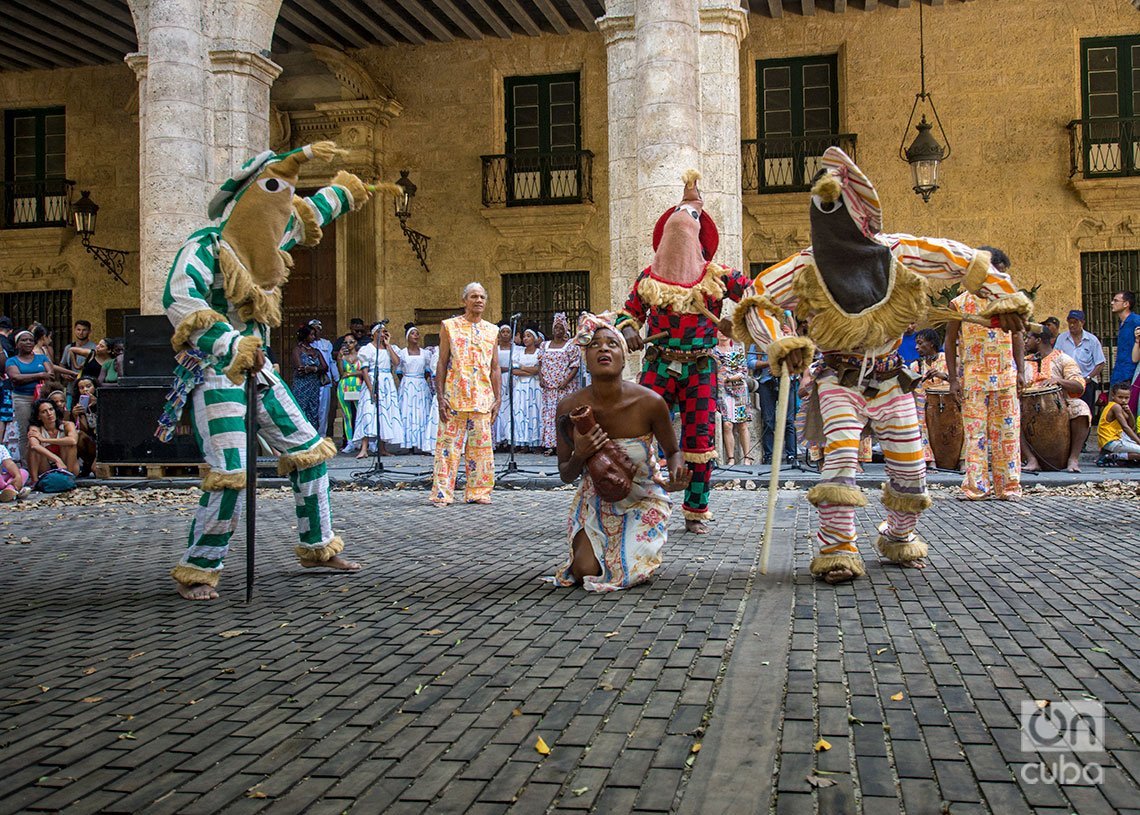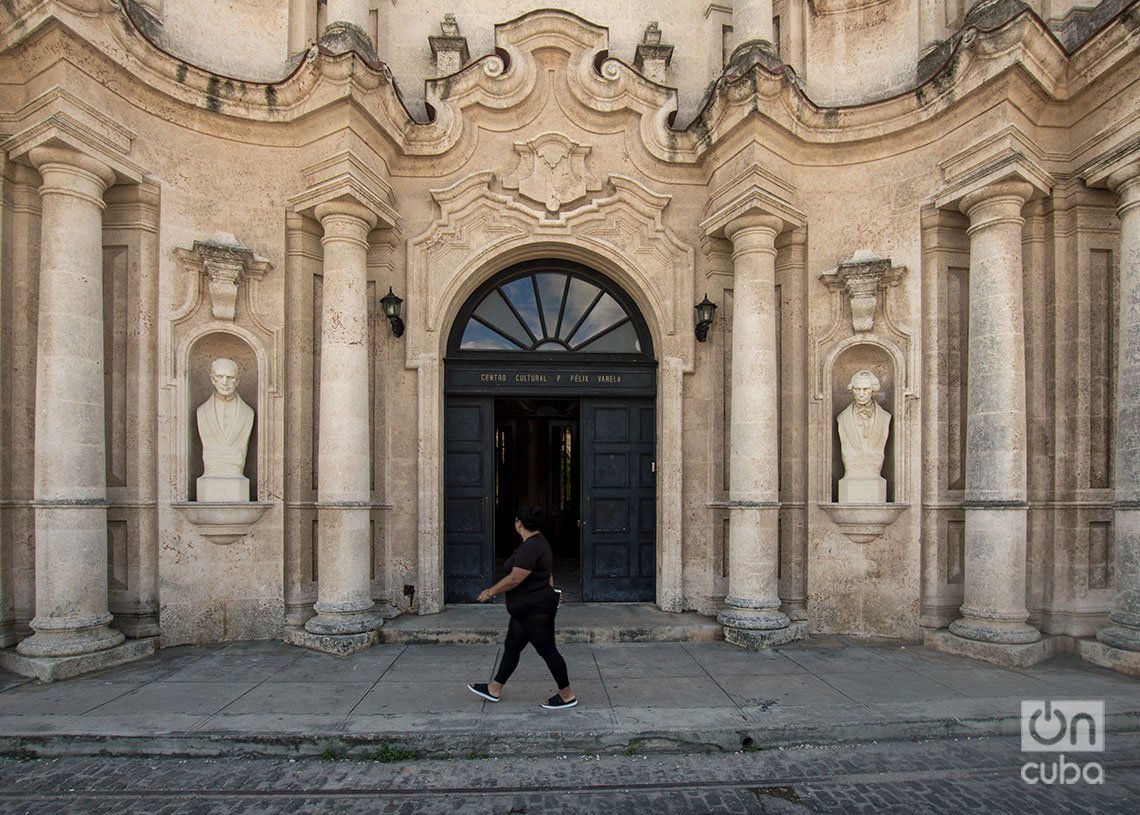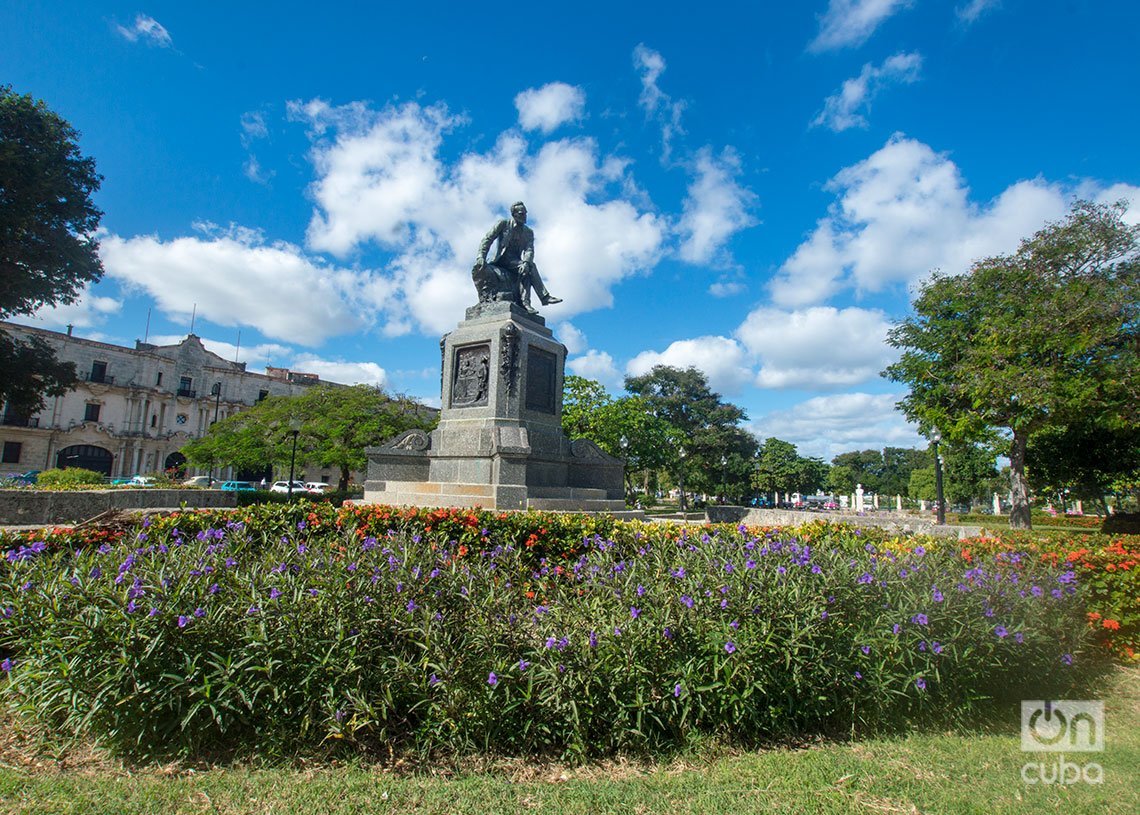Tacón Street is, without a doubt, one of the best-known and most original streets in Havana. Not because of its length, which is just a few blocks, but because of its history and uniqueness that distinguishes it: one of its sections was and continues to be a wooden street.
Yes, wooden. Not of pavement, stones, or earth, like the vast majority of roads in the Cuban capital and around the world, but of an unusual material — then and now — in the construction of city arteries.
Precisely because of this, the most famous and touristy part of Tacón is currently known as “La Calle de Madera” (The Wooden Street). It is precisely the stretch that occupies the front of the majestic Palace of the Captains General — today, the City Museum —, and is one of the corners of the no less famous and busy Plaza de Armas.

There, between Obispo and O’Reilly streets, Madera Street is one of the liveliest in the historic center of Havana. Tourist visits, book launches, street art open-air fairs and presentations and living statues are part of their daily lives.
A sculpture of Eusebio Leal, a remembered defender of Havana’s heritage, crowns the street as a tribute to the notable historian after his death.

It was the Office that Leal directed until his death, which, during its restoration work in the area in the 1980s, rediscovered the wooden street under several layers of pavement. And it has also been the entity in charge of rehabilitating and preserving this relic of the Cuban capital.
Tacón owes its name to the Spanish military man and politician Miguel Tacón y Rosique, who was Captain General of Cuba between 1834 and 1838. It was he, according to legend, who commissioned the construction of the street to improve the main entrance of the Palace of the Captains General, seat of the colonial government on the island.

The wooden paving blocks arrived shortly after, in 1841, with engineer Evaristo Carrillo, who tested this way of paving Havana streets there. However, the idea did not catch on in the city due to the cost and short useful life of the wood. This is why the wooden street was buried by time, until its rebirth more than a century later thanks to the Office of the City Historian.
In its beginnings, Tacón only reached Empedrado Street, but after the expansion works carried out on Avenida del Puerto and the filling of the Malecón in 1928, it would reach Cuba Street, to where it currently extends.
Its name has also changed, since at the beginning of the 20th century it was officially named Teodoro Roosevelt, like the president of the United States, and later it would be renamed Manuel Sanguily. But for the people of Havana, it continued and has continued to be Tacón, or, simply, Wooden Street.
But Tacón, even with its brief extension, is more than the wooden blocks of its most famous section. In it or its surroundings, there are also, as we already mentioned, the Palace of the Captains General and the Plaza de Armas, and also other sites and buildings of relevance in the Cuban capital.


Among them are the Palace of the Second Corporal, which today is occupied by the Center for the Interpretation of Cuba-Europe Cultural Relations; the House of Martín Aróstegui, where College of Architects of Havana was founded; the Museum of Archeology, with important Cuban and continental collections; the Luz y Caballero Park, with a sculpture of the notable Cuban educator; and the Archaeological Park, which exhibits artillery pieces from the colonial era a few meters from the sea.























